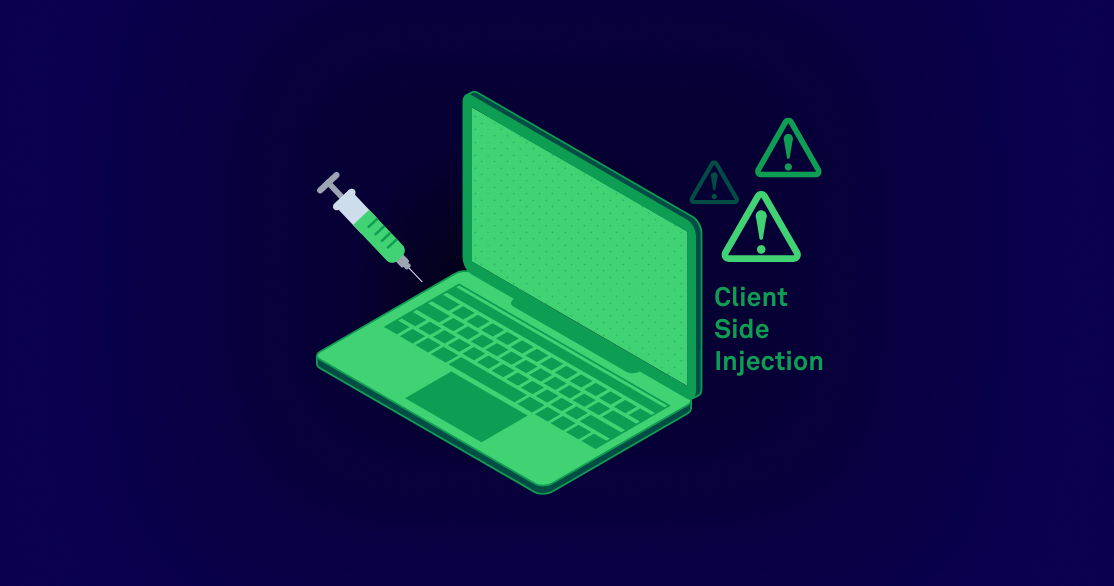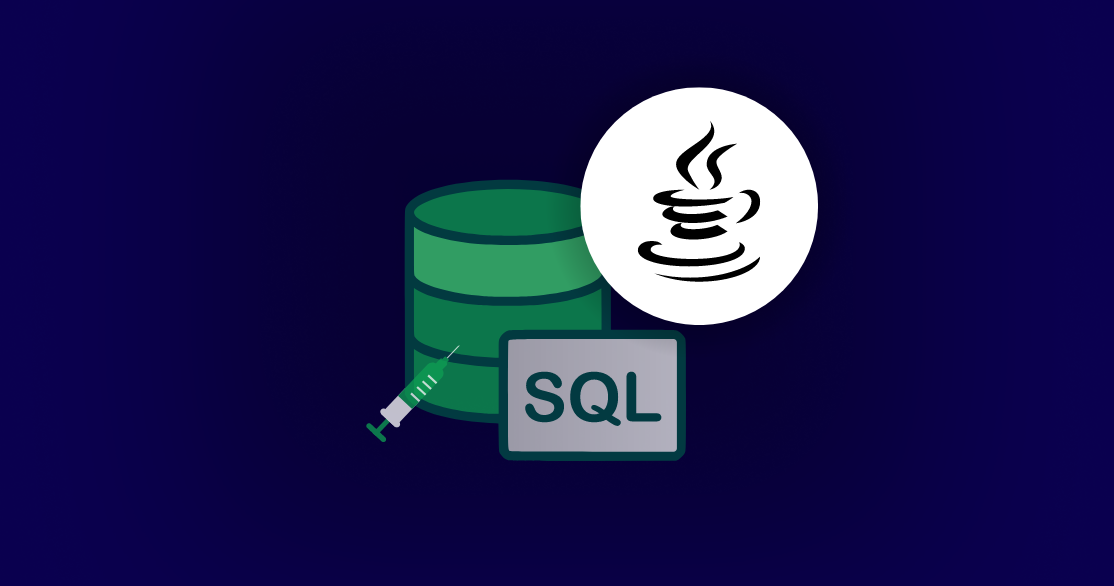APACHE STRUTS
Understanding Apache Struts: A Foundation for Robust Web Applications
Protect Apache Struts with our SolutionsTable of Contents
WHAT IS APACHE STRUTS?
Apache Struts is a free, open-source framework for creating elegant, enterprise-ready Java web applications. It favors convention over configuration, is extensible using a plugin architecture, and ships with plugins to support REST, AJAX, and JSON.
Apache Struts uses and extends the Java Servlet API to encourage developers to adopt a model-view-controller (MVC) architecture, in which each architectural component is built to handle a specific development aspect of an application.
The framework documentation is written for active web developers and assumes a working knowledge of the way Java web applications are built, including an understanding of several key technologies:
- HTTP and HTML
- The HTTP Request/Response Cycle
- The Java Language and Application Frameworks
- JavaScript, AJAX, and SOAP
- Properties Files and Resource Bundles
- Servlets, Filters, and Web Containers
- Sessions
- JavaServer Pages and JSP Tag Libraries
- Extensible Markup Language (XML)
- JAAS
- Model View Controller
Contrast is the clear customers’ choice
Contrast is named a Customers’ Choice in the 2021 Gartner Peer Insights “Voice of the Customer”: Application Security Testing report. With the highest percentage of 5-star ratings, this is the third consecutive year Contrast has received this powerful endorsement from customers.

Built for Developers. Trusted by Security.



Learn Secure Code
.png?width=1114&height=586&name=Cross%20Site%20Scripting%20(XSS).png)
CROSS SITE SCRIPTING (XSS)
Learn about Cross site scripting (XSS) and how it affects your Java source code

CLIENT SIDE INJECTION
Learn about client-side injection and how it can affect your source code






